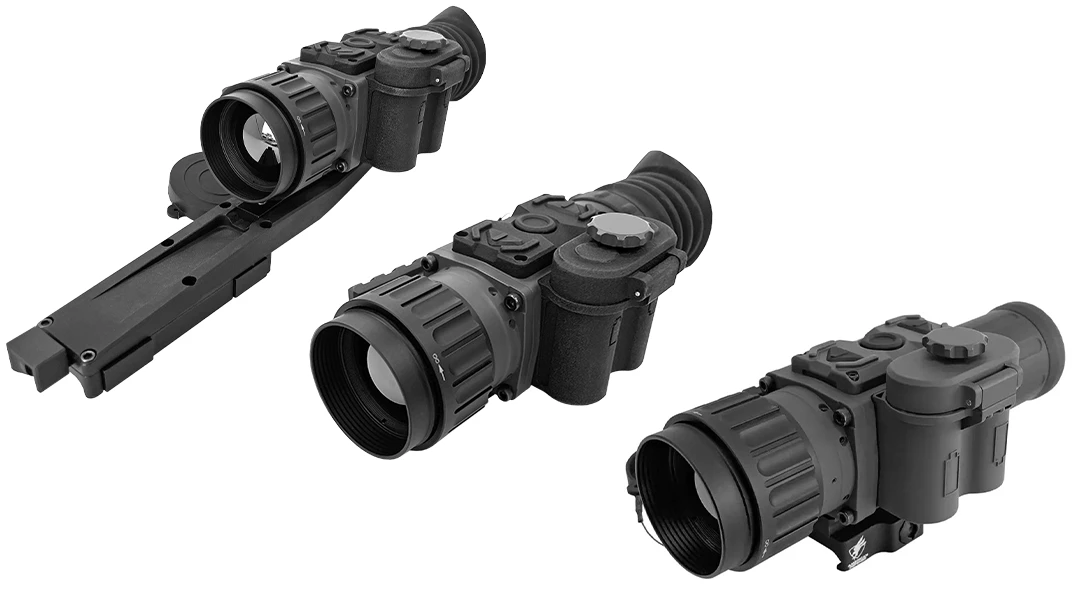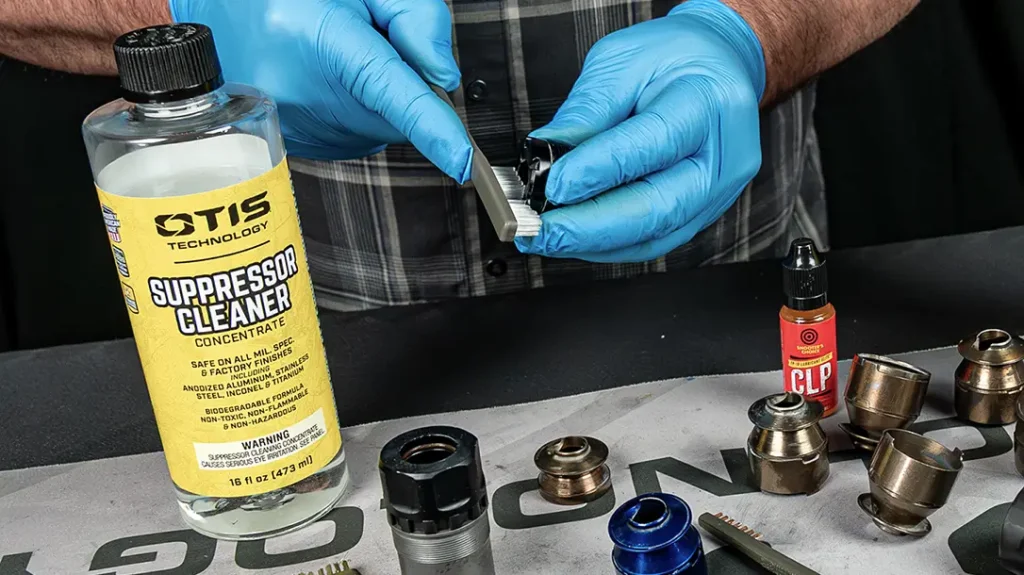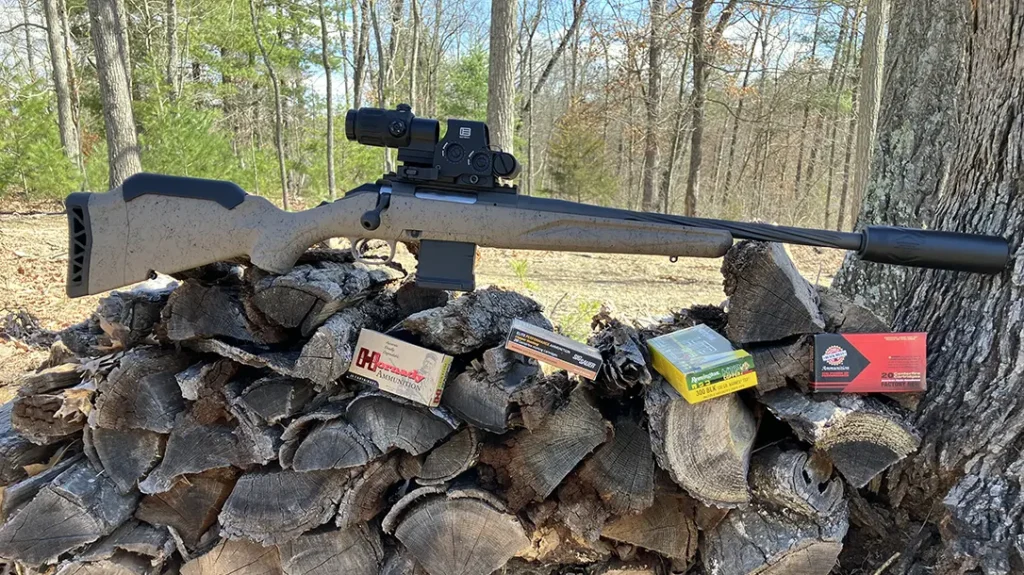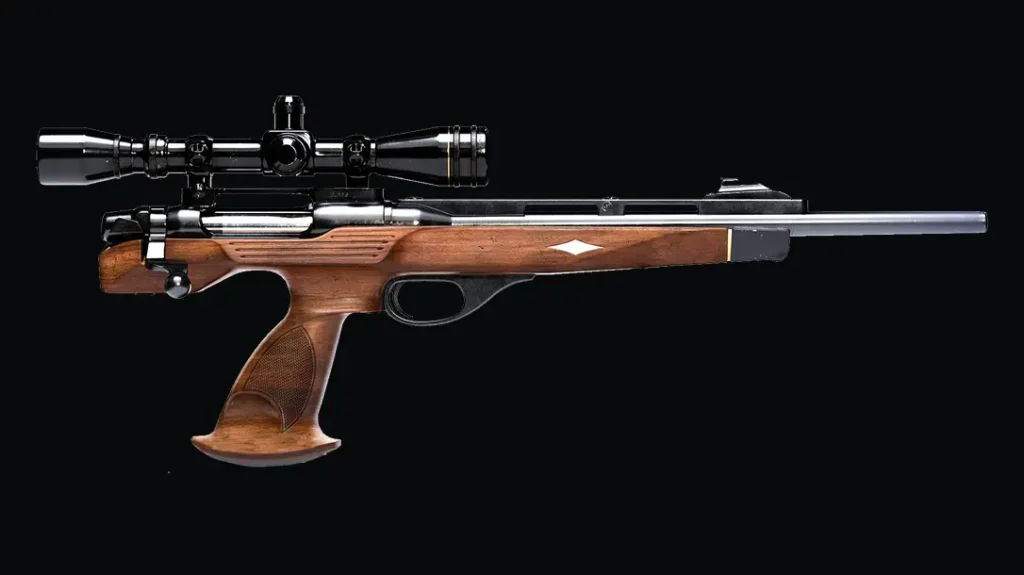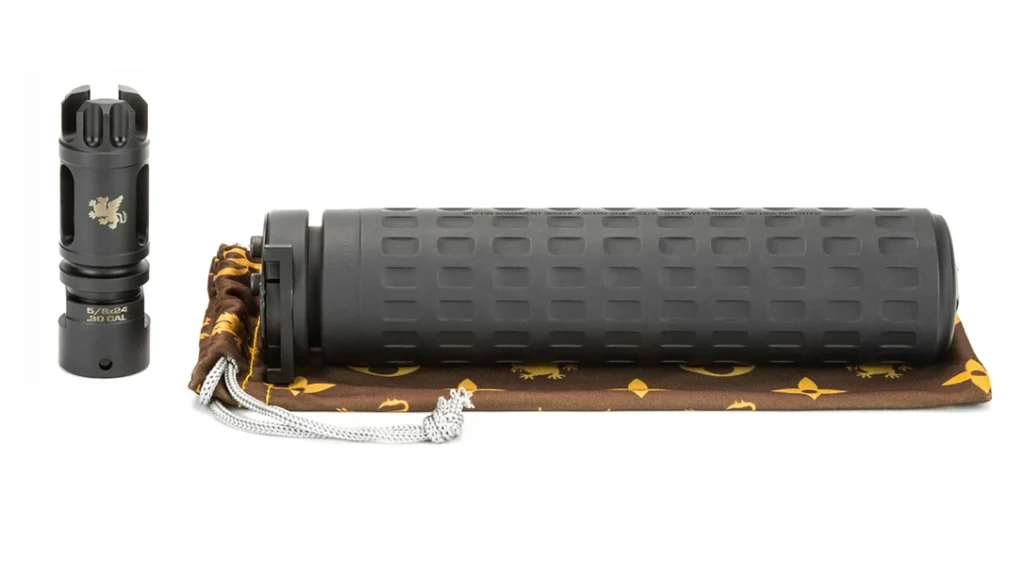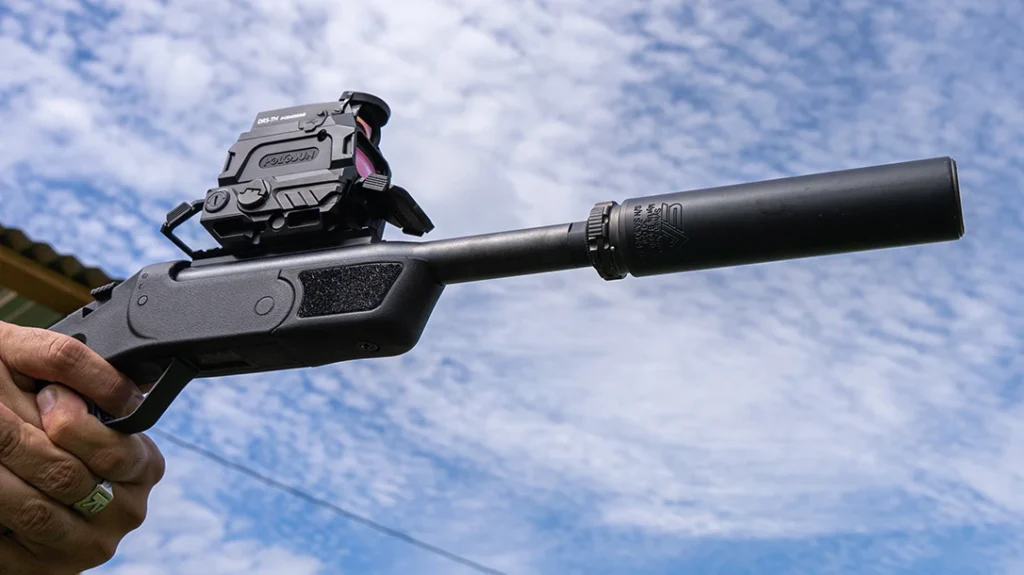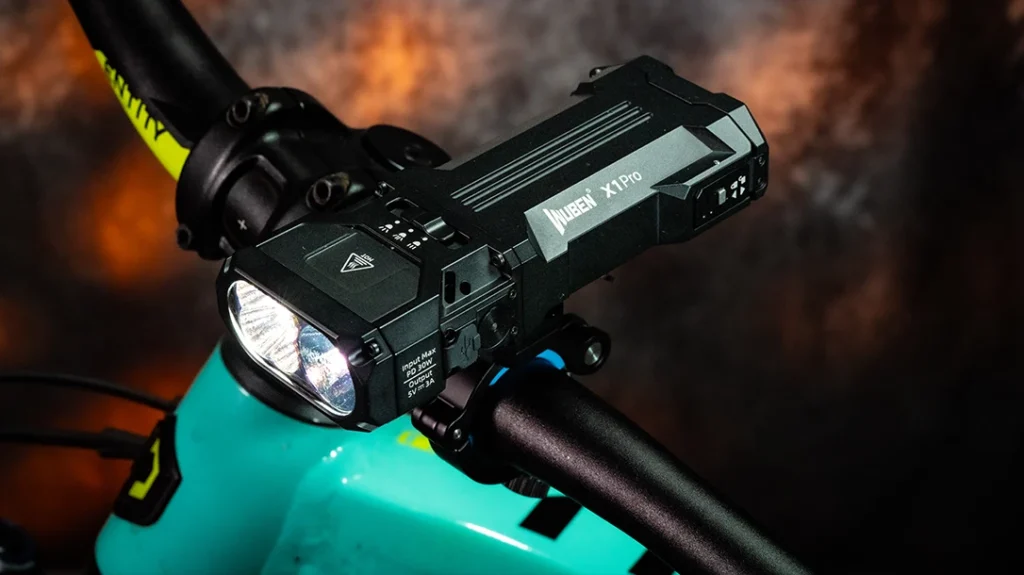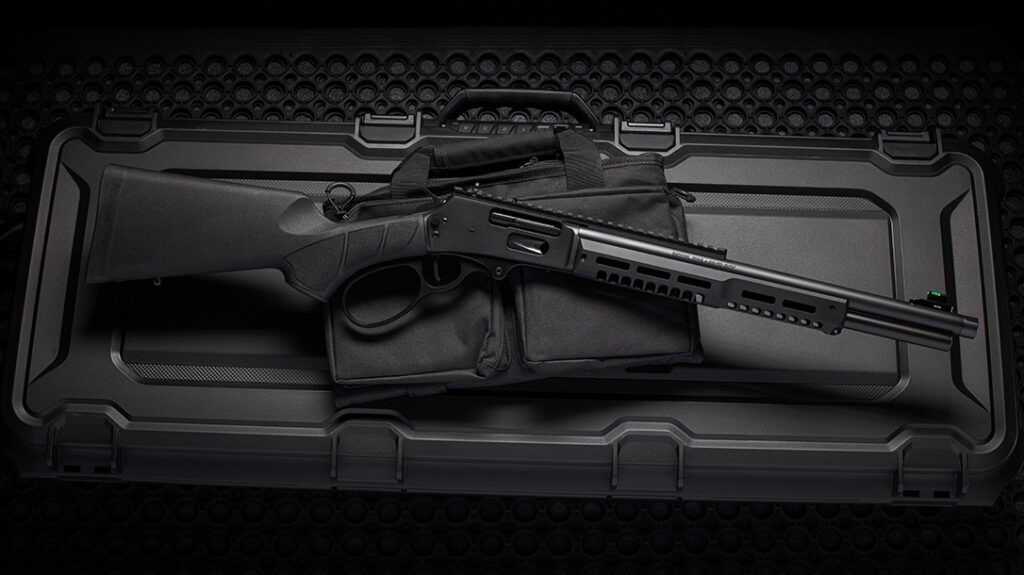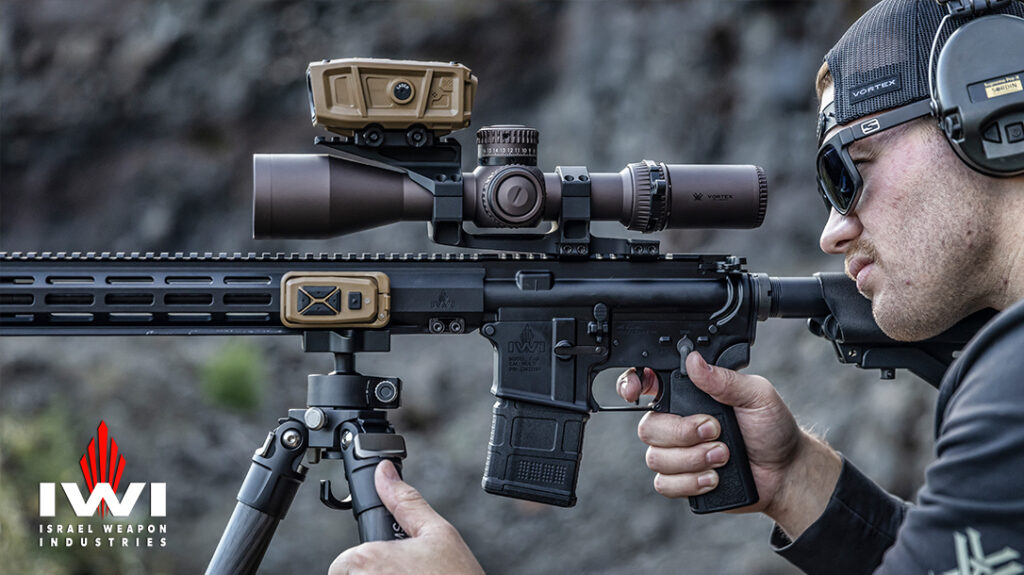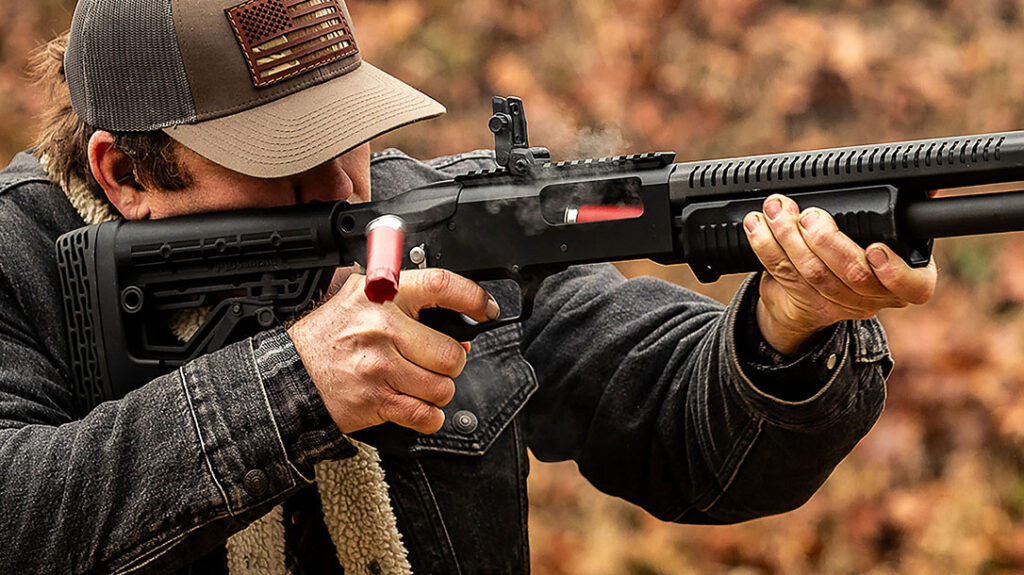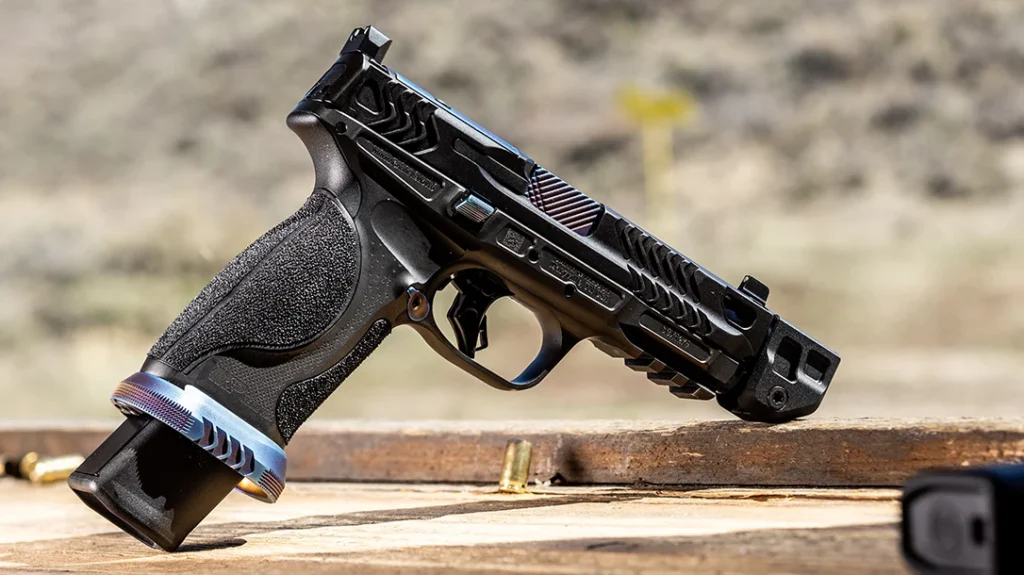If you dabble in thermal scopes, you’ve likely heard the name Armasight.
The company was founded in 2011 and Armasight products are designed and built in the USA. It didn’t take long for Aramasight to gain popularity: not only for dependability, but also for its ease of use.
As someone who has night vision and thermals experience on duty (for a couple of decades), product ease of use cannot be overrated. You likely won’t use your device every day. Chances are it will sit for months until you need it. You’ll forget how to turn it on, calibrate it, focus, zoom, take a photo, record a video, check the battery level, put it on standby, etc.
Advertisement — Continue Reading Below
If you cannot pick it up and quickly refamiliarize yourself with your gear in a matter of minutes, you will probably fail trying to use it in the dark. People don’t realize how completely night blind you become when staring at a screen in the pitch black. All controls, lens focusing, and battery replacement are often done when you are effectively blind. Besides being night blind, there’s also the stress of needing to deploy the gear very quickly. It’s far from an ideal situation.
The New Armasight Trio
I was recently at Athlon Outdoor’s Rendezvous 2025 event where Armasight brought out a trio of new thermal scopes to cover various requirements:
- Monocular: Warden 640 2-8x35mm Thermal Monocular
- Scope: Commander 640 1.5-6x35mm Thermal Weapon Sight
- Clipon: Operator 640 1-4x35mm Thermal Clip-On
At the heart of each of these is the ArmaCORE 640×480 thermal sensor that’s powered by Armasight’s Iron Wolf Platform. Iron Wolf is Armasight’s proprietary software that counts on features like a 60 Hz frame rate with minimal lag, sharp, high-contrast images. The software and these new Armasights devices are loaded with features like video/image capture, USB-C interface, multiple color palettes, and large, intuitive controls.
Advertisement — Continue Reading Below
All three units are waterproof with an IP67 environmental rating. They’re also all powered by CR123a batteries that top load into a side mounted, hinge topped, battery compartment. The outside of their compartment even has a tactile, 3-D representation of the battery on each side so you can tell 100% by touch how to orient the batteries.
When you pick a thermal scope, you should obviously test how it looks, how it tracks, and how much delay you experience when panning left or right. A frequently overlooked test is battery replacement with your eyes closed because sooner or later, that is exactly how it will feel in the field. Each of these also has a manual focus ring and the same large button layout for the controls.
Each of the three new Armasight units serves a different purpose, and all have unique features too.
Advertisement — Continue Reading Below
Warden 640
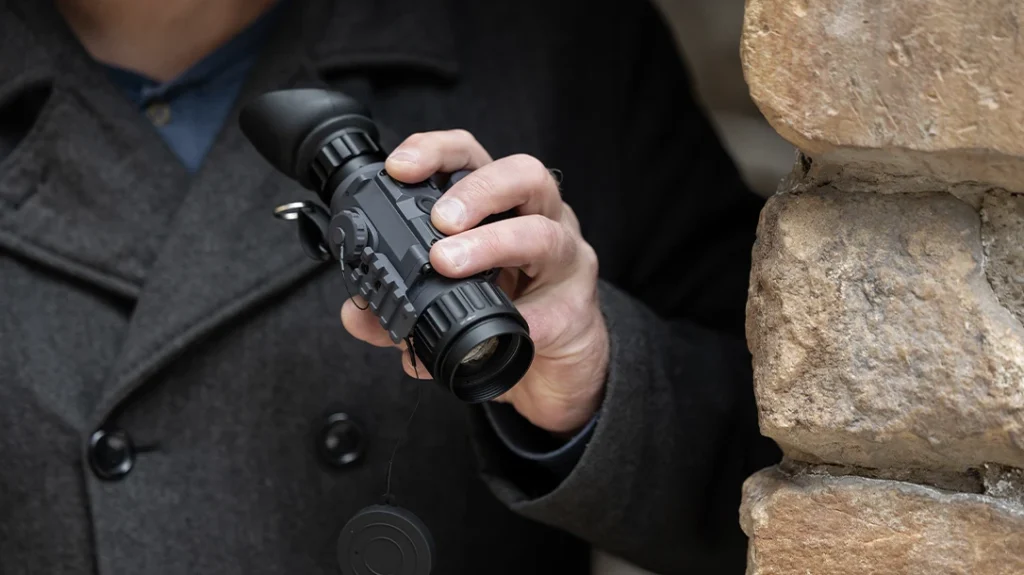
The Armasight Warden 640 is a handheld monocular. From the three, the monocular has the least special features. But many ways, it’s the most adaptable unit. As a result, handhelds are tend to get used the most. In my case, I use a handheld thermal monocular to detect game far more often than a weapon-mounted thermal sight or with a night vision device.
I prefer a handheld thermal monocular. Whether I’m walking or stationary, it’s easy to reach for it to conveniently scan for heat signatures. Even sitting in a blind, they’re handy. Relying on a thermal sight mounted to a gun can quickly become heavy and cumbersome. Yes, rifle-mounted devices still have their places, but I know I reach for the handheld device far more often than the mounted unit.
Advertisement — Continue Reading Below
Commander 640
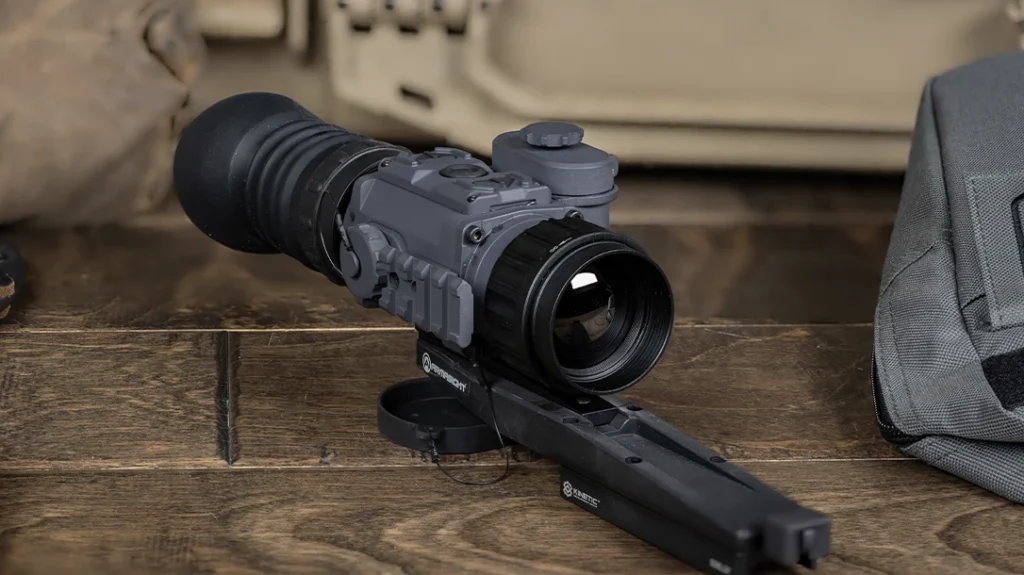
The Commander 640 is a weapon-mounted scope. Armasight includes a quick mount that literally snaps onto a Picatinny rail base without extra tools. This mount is quite convenient, fast and easy to mount. Commander 640s also include a quick sight-in feature for zeroing. When you’re zeroing, you fire one round and then digitally move the reticle until it lines up with the impact. Even though I already admitted that I use handheld thermal devices more frequently than weapon-mounted units, the truth is that if it is dark, ultimately, you’ll need that thermal or night vision sight on your rifle in order to make the shot.
Also, the first time you successfully hunt with a thermal optic, you will be hooked. Recording the hunt is just icing on the cake. I’m sure we all love to go back and tell our buddies what we saw: how many hogs were in the field or how big the coyote was, et cetera. Now, having actual recorded proof is on a completely different level.
Advertisement — Continue Reading Below
For example, I remember telling a landowner that he had a mountain lion on the north end of his property. He had never seen one in that area. and was politely skeptical until he watched footage of said mountain lion walking by his hog feeder.
Operator 640
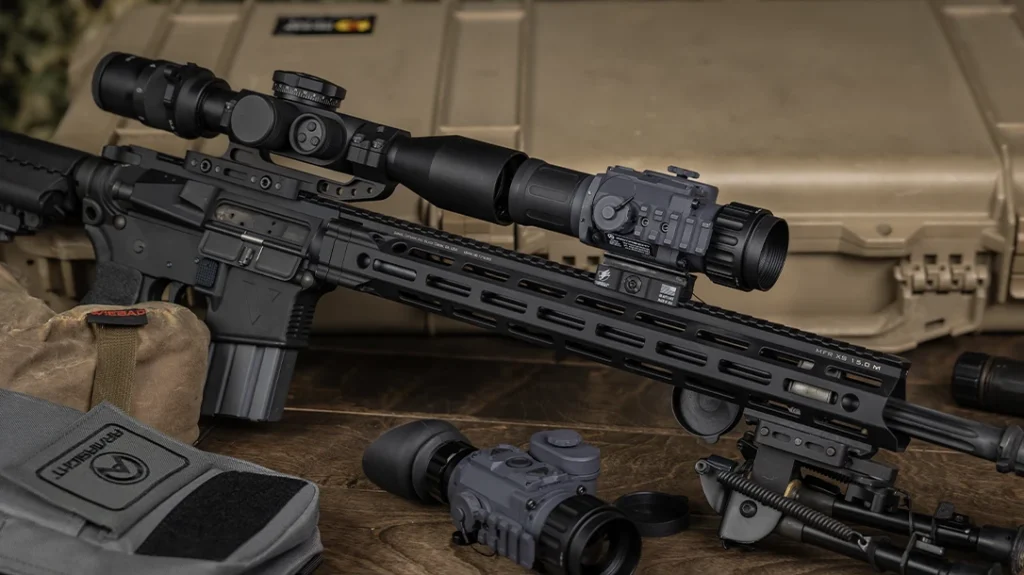
Armasight’s Operator 640 is a clip-on device. For the uninitiated, clip-on devices are designed to sit in front of a regular “daytime” riflescope and provide thermal capability. Let’s face it, many of us have a gun set up with a regular scope and we don’t want the hassle of removing and replacing it constantly. We also don’t want to worry about having to constantly re-zero our rifles either. That’s the magic of a clip-on device. Clip-ons allow you you to skip all of those hassles and use your normal scope in the dark.
Advertisement — Continue Reading Below
So why would anyone get a dedicated thermal scope like the Armasight Commander 640 when they can just get an Operator 640 that gives you the best of both worlds?
Clip-on devices come with tradeoffs. Because you’re already looking through your riflescope’s stack of lenses, the image quality rendered by a clip-on will never be as good as the image rendered by a dedicated thermal sight. Also, if you’re shooting a bolt-action rifle instead of an AR, it may be trickier to mount a clip-on device due to the lack of extra Picatinny rail mounting surface.
The final major challenge with clip-on devices is image collimation. If for whatever reason, the clip-on isn’t perfectly aligned with your daytime scope, you’ll have a pointless, false zero. While we have better technology today that helps prevent misalignment, this challenge is the sole issue that holds back clip-on devices. It’s why they’re both less popular and oftentimes more expensive than other types of thermal sights.
Advertisement — Continue Reading Below

The Armasight Operator 640 is collimated at the factory. It also has a reticle zeroing process that allows you to optimize the system to your scope’s point of aim. Details like this are simply another reason to trust a quality brand like Armasight.
Seeing The Light
Zeroing in on the perfect thermal sight for your needs depends entirely on you. We are all at different places on our journey. I recommend trying out as many thermal scopes as you can. Even better, if possible, try them out next to each other. The models I use today can run circles around the older devices that I’ve had for 20+ years. It’s not just their technology that has gotten better, but it’s also how they’re designed. Of course, the ease of use aspect of the newer stuff is the single biggest gamechanger once again.
Advertisement — Continue Reading Below
Armasight is leading the charge on making quality thermal devices that are easy to learn, easy to deploy and have the features you need.
